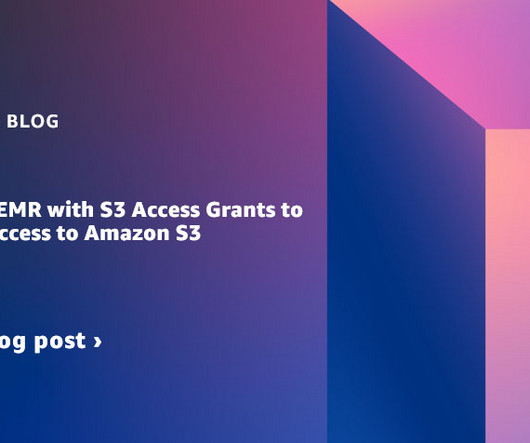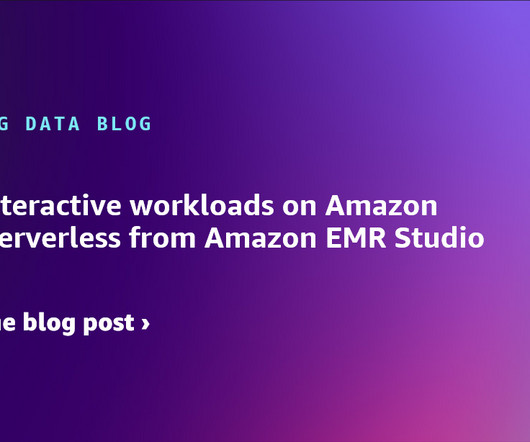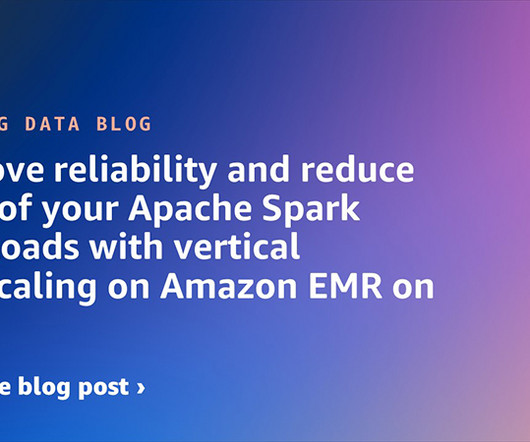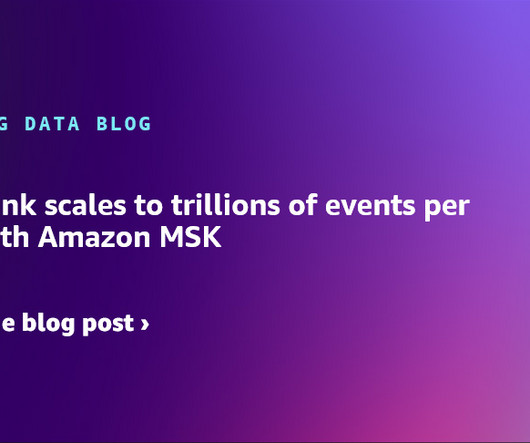Use Amazon EMR with S3 Access Grants to scale Spark access to Amazon S3
AWS Big Data
NOVEMBER 26, 2023
Then, we’ll use the AWS CloudFormation template below to create an Amazon EMR on Amazon Elastic Compute Cloud ( Amazon EC2 ) Cluster, an EMR Serverless application and two different job roles. Before we get started on walking through the Amazon EMR and Amazon S3 Access Grants integration, we’ll set up and configure S3 Access Grants.















Let's personalize your content